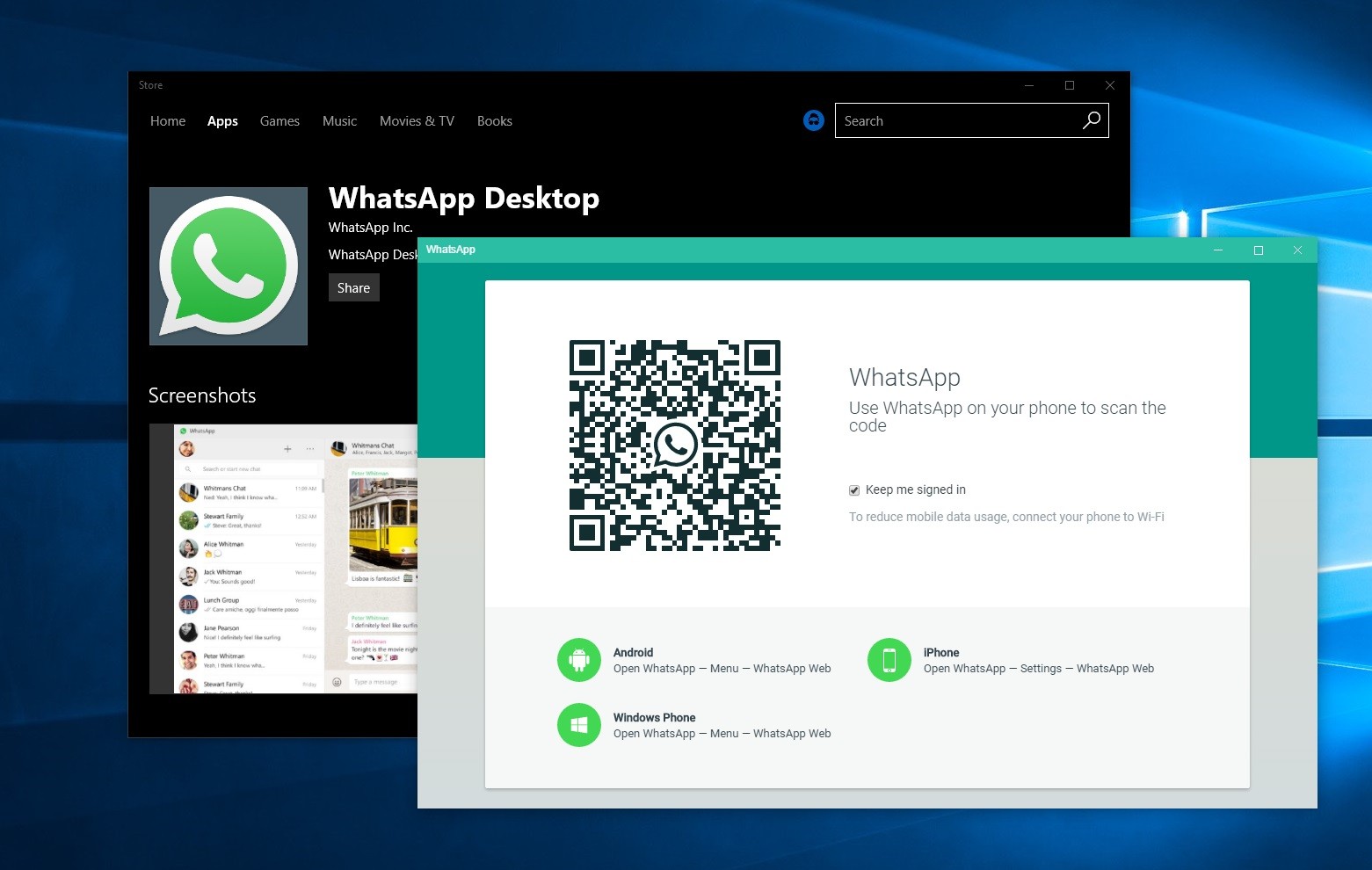

- #Microsoft planner desktop app download how to
- #Microsoft planner desktop app download install
- #Microsoft planner desktop app download software
- #Microsoft planner desktop app download download
You can still control the frequency of the feature updates, as those settings are defined as part of the initial deployment, but the updates themselves occur without any additional tools or administrative overhead. We recommend updating your client devices automatically from the Office CDN.
#Microsoft planner desktop app download install
To manage updates to Office, you choose whether to have your client devices automatically updated, what tool to use, and whether to install the updates to Office directly from the cloud or from a local source on your network. You can define the frequency of the feature updates, but the updates occur without any administrative overhead.
#Microsoft planner desktop app download how to
Step 2 - Choose how to manage updatesīest practice: We recommend updating your client devices automatically. For example, an organization might use Configuration Manager to deploy Office to most of their users, but enable self-install for a small group of workers who are not frequently connected to the internal network. Many organizations will use a combination of these options for different users. Self-install from the cloud: Manage your deployment from the Office portal and have your users install Office on their client devices directly from the portal.
#Microsoft planner desktop app download download
This option requires that your users have local administrative rights on their client devices.ĭeploy from a local source with Configuration Manager: Manage your deployment with Configuration Manager, and download and deploy Office from distribution points on your network.ĭeploy from the cloud with the Office Deployment Tool: Manage your deployment with the ODT, and install Office on client devices directly from the Office CDN.ĭeploy from a local source with the Office Deployment Tool: Manage your deployment with the ODT, and download and deploy Office from a local source on your network. For more details, see Manage Office installation options in the Microsoft 365 admin center. You can, however, still define how frequently your users receive feature updates. This method requires the least amount of administrative setup, but gives you less control over the deployment. You can also manage your deployment from the Office portal and have your users install Office on their client devices directly from the portal. If you don't have the network capacity to install Office on client devices from the cloud, you can use the ODT to download the Office files to a local source on your network and install from there. Doing so will minimize your administrative overhead. If you use the ODT and have the network capacity, we recommend deploying Office from the cloud.
/cdn.vox-cdn.com/uploads/chorus_image/image/59586041/000000_OutlookOnline_BillPay_surface_m2_1024x707.0.png)
For more details, see Overview of the Office Deployment Tool. In either case, the ODT provides control over installation, updates, and settings.
#Microsoft planner desktop app download software
You can use the ODT as a standalone tool or you can use it to download installation files that can be deployed using third-party software deployment tools. If you use a previous version of Configuration Manager, we recommend upgrading to the current branch before using it to deploy Office.įor organizations that don't have Configuration Manager but still want to manage their deployment, we recommend using the Office Deployment Tool (ODT). If you do deploy with Configuration Manager, we recommend deploying from a local source, using your Configuration Manager distribution points. Configuration Manager scales for large environments enables extensive control over installation, updates, and settings and has built-in features for deploying and managing Office. We recommend the current branch of Configuration Manager for organizations that already use it to distribute and manage software. To deploy Office, you first choose what deployment tool to use and whether to install the Office files directly from the cloud or from a local source on your network. We recommend self-install for situations in which you require less administrative control and you have the network capacity to have your users install directly from the Office portal. If your network capacity doesn't allow for that, deploy Office with the ODT from a local source. If you don't have Configuration Manager, use the Office Deployment Tool and deploy Office from the cloud. Best practice: If you use Configuration Manager already, make sure you are on the current branch and use it to deploy Office from distributions points on your network.


 0 kommentar(er)
0 kommentar(er)
